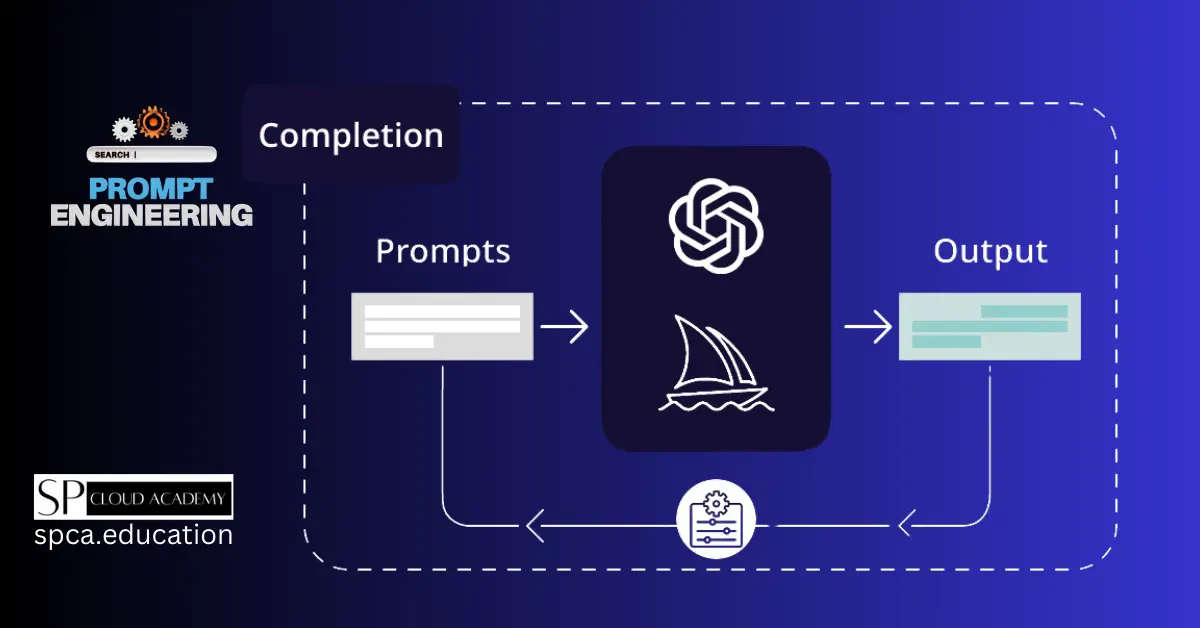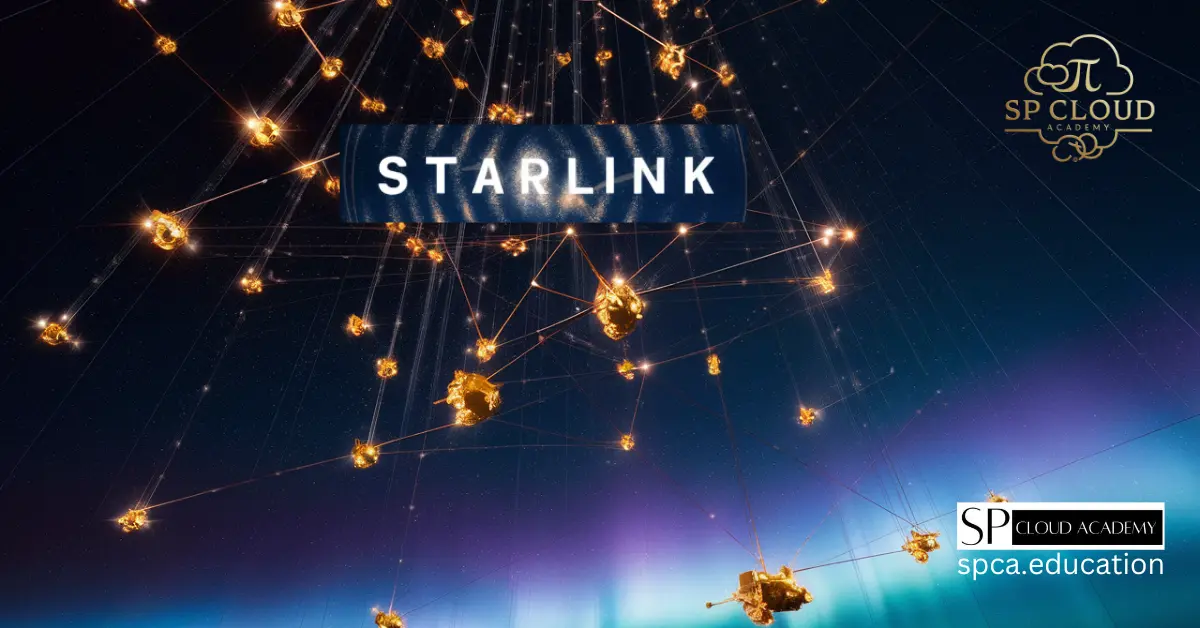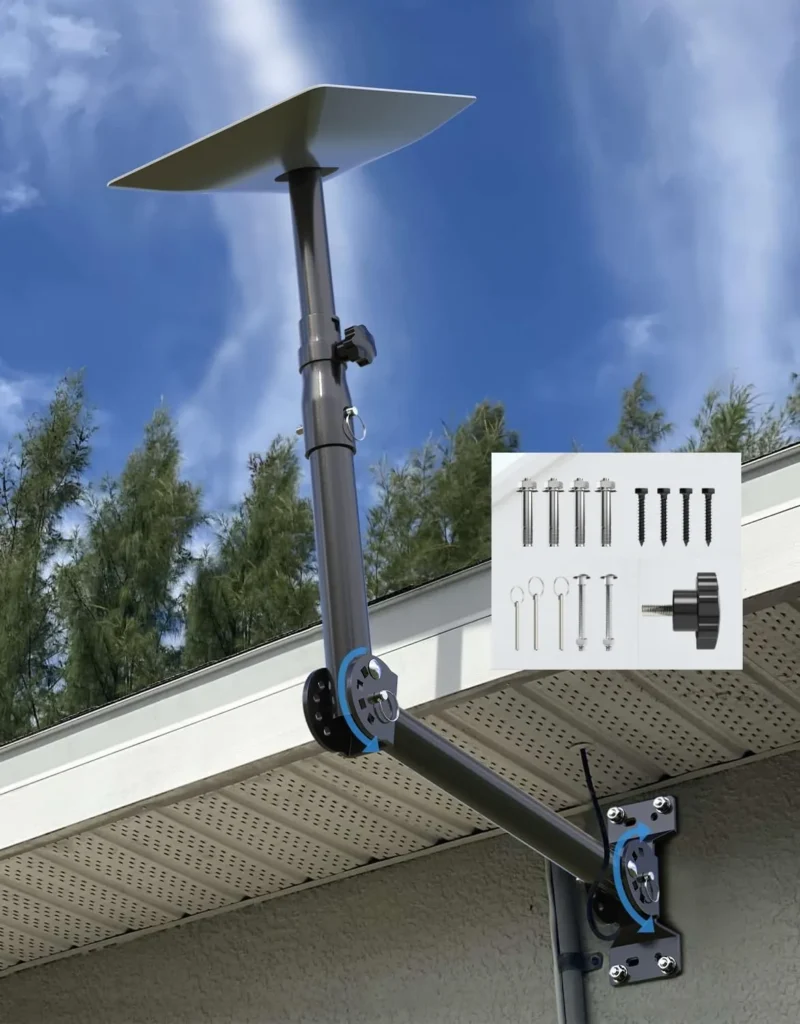1. Introduction
Overview of Starlink and Its Mission
Starlink, a satellite internet constellation developed by SpaceX, aims to provide high-speed, low-latency internet access to every corner of the globe. With the ambitious goal of bridging the digital divide, Starlink is set to revolutionize how we connect, communicate, and access information. By deploying thousands of small satellites in Low Earth Orbit (LEO), Starlink promises to deliver internet services to remote and underserved areas, where traditional broadband infrastructure is either too costly or impractical to deploy.
Why Satellite Internet is a Game-Changer
Satellite internet is not a new concept, but traditional geostationary satellites have significant limitations, including high latency and limited bandwidth. Starlink, however, leverages LEO satellites to overcome these challenges, offering faster speeds and lower latency. This innovation is a game-changer, particularly for rural and remote regions, where internet access has been a persistent challenge. By providing reliable connectivity, Starlink has the potential to transform education, healthcare, and economic opportunities for millions of people worldwide.
Elon Musk’s Vision for Global Connectivity
Elon Musk, the visionary entrepreneur behind SpaceX, has long been an advocate for global connectivity. His vision extends beyond just providing internet access; he envisions a world where everyone, regardless of location, has the opportunity to participate in the digital economy. Musk’s ultimate goal is to use the revenue generated from Starlink to fund SpaceX’s even more ambitious projects, such as colonizing Mars. Starlink is not just a business venture; it’s a stepping stone toward a more connected and technologically advanced future.
2. The Birth of Starlink
How Starlink Started: SpaceX’s Ambitious Project
Starlink was conceived as part of SpaceX’s broader mission to reduce the cost of space travel and make space more accessible. The idea of a satellite internet constellation was first publicly discussed by Elon Musk in 2015, with the goal of providing global internet coverage. SpaceX began developing the technology and infrastructure needed to deploy and operate thousands of satellites in LEO, a feat that had never been attempted on such a scale.
Key Milestones in Starlink’s Development
Starlink’s development has been marked by several key milestones. In 2018, SpaceX launched its first two prototype satellites, Tintin A and B, to test the technology. The first batch of operational satellites was launched in May 2019, and by 2020, Starlink began offering beta services to select users in the United States and Canada. As of 2023, Starlink has deployed over 3,000 satellites and has expanded its services to multiple countries, with plans for further global expansion.
Regulatory Approvals and Challenges
Deploying a global satellite internet network requires navigating a complex web of regulatory approvals. SpaceX has had to secure licenses from various national and international regulatory bodies, including the Federal Communications Commission (FCC) in the United States. Additionally, Starlink has faced challenges related to spectrum allocation, orbital debris mitigation, and coordination with other satellite operators. Despite these hurdles, SpaceX has made significant progress in gaining the necessary approvals to operate Starlink on a global scale.
3. How Starlink Works
Understanding Low Earth Orbit (LEO) Satellites
Starlink’s satellites operate in Low Earth Orbit, typically at altitudes between 340 km and 1,200 km. This is significantly closer to Earth than traditional geostationary satellites, which orbit at around 35,786 km. The lower altitude reduces latency, as the signal has a shorter distance to travel. However, it also means that each satellite covers a smaller area, necessitating a large constellation to provide global coverage.
The Starlink Satellite Constellation Explained
The Starlink constellation is designed to provide continuous, global coverage. The satellites are arranged in multiple orbital planes, ensuring that at least one satellite is always within line of sight of any given point on Earth. The constellation operates in a mesh network, with satellites communicating with each other via laser links. This allows data to be routed through the network efficiently, reducing the need for ground-based infrastructure.
Ground Stations and User Terminals: Connecting the Dots
Ground stations, also known as gateways, are critical components of the Starlink network. These stations connect the satellite constellation to the terrestrial internet backbone. User terminals, often referred to as “Starlink dishes,” are installed at the customer’s location to communicate with the satellites. These terminals are equipped with phased-array antennas, which can electronically steer the beam to maintain a connection with the satellites as they move across the sky.
The Role of Phased-Array Antennas and Laser Links
Phased-array antennas are a key innovation in Starlink’s technology. Unlike traditional parabolic antennas, which require mechanical movement to track satellites, phased-array antennas can electronically steer the beam, allowing for rapid and precise adjustments. This ensures a stable connection even as satellites move at high speeds across the sky. Additionally, Starlink satellites use laser links to communicate with each other, enabling data to be transmitted across the constellation without needing to relay through ground stations. This reduces latency and increases the overall efficiency of the network.
4. Benefits of Starlink
High-Speed Internet for Remote Areas
One of the most significant benefits of Starlink is its ability to provide high-speed internet to remote and rural areas. Traditional broadband infrastructure, such as fiber-optic cables, is often prohibitively expensive to deploy in these regions. Starlink’s satellite-based approach eliminates the need for extensive ground infrastructure, making it a cost-effective solution for bringing high-speed internet to underserved communities.
Low Latency vs. Traditional Satellite Internet
Traditional satellite internet services, which rely on geostationary satellites, suffer from high latency due to the long distance that signals must travel. Starlink’s LEO satellites, on the other hand, offer much lower latency, making it suitable for real-time applications such as video conferencing, online gaming, and VoIP. This low latency is a game-changer for users who rely on the internet for work, education, and entertainment.
Bridging the Digital Divide in Underserved Regions
The digital divide—the gap between those who have access to the internet and those who do not—is a significant global issue. Starlink has the potential to bridge this divide by providing reliable internet access to underserved regions. This can have a transformative impact on education, healthcare, and economic opportunities, enabling people in remote areas to participate in the digital economy.
Potential for Emergency Services and Disaster Relief
Starlink’s ability to provide rapid, reliable internet connectivity makes it an invaluable tool for emergency services and disaster relief. In the aftermath of natural disasters, traditional communication infrastructure is often damaged or destroyed. Starlink can be quickly deployed to provide emergency responders with the connectivity they need to coordinate relief efforts, communicate with affected communities, and access critical information.
5. Challenges and Criticism
Concerns Over Space Debris and Orbital Congestion
One of the most significant concerns surrounding Starlink is the potential for space debris and orbital congestion. With thousands of satellites in orbit, there is a risk of collisions, which could generate debris and create a cascade effect known as the Kessler Syndrome. SpaceX has implemented measures to mitigate this risk, including equipping satellites with propulsion systems to avoid collisions and designing them to deorbit at the end of their operational life. However, the sheer number of satellites in orbit remains a concern for the long-term sustainability of space activities.
Astronomers’ Worries: Light Pollution and Interference
Starlink satellites have been criticized for their impact on astronomical observations. The satellites are visible from the ground, particularly during twilight hours, and their reflections can interfere with optical and radio astronomy. SpaceX has taken steps to address these concerns, such as applying dark coatings to reduce reflectivity and adjusting satellite orientations to minimize their impact on observations. However, the issue remains a point of contention between SpaceX and the astronomical community.
Competition with 5G and Fiber-Optic Networks
While Starlink offers a unique solution for remote areas, it faces competition from 5G and fiber-optic networks in urban and suburban regions. These technologies offer higher speeds and lower latency than satellite internet, making them more attractive for densely populated areas. Starlink’s success will depend on its ability to complement, rather than compete with, existing broadband infrastructure.
The Cost Factor: Affordability for Consumers
The cost of Starlink’s user terminal and monthly service fees may be a barrier for some consumers, particularly in developing countries. While the service offers significant benefits, the upfront cost of the terminal and ongoing subscription fees may be prohibitive for low-income households. SpaceX has indicated that it is working to reduce costs over time, but affordability remains a challenge for widespread adoption.
6. Starlink vs. Competitors
Starlink vs. OneWeb: How They Compare
OneWeb is one of Starlink’s primary competitors in the satellite internet space. Like Starlink, OneWeb aims to provide global internet coverage using a constellation of LEO satellites. However, there are key differences between the two. OneWeb’s constellation is smaller and operates at a higher altitude, which may result in higher latency compared to Starlink. Additionally, OneWeb has faced financial challenges, including a bankruptcy filing in 2020, which has slowed its progress. Despite these challenges, OneWeb remains a significant player in the satellite internet market.
Starlink vs. Amazon’s Project Kuiper
Amazon’s Project Kuiper is another major competitor to Starlink. Like Starlink, Project Kuiper aims to deploy a constellation of LEO satellites to provide global internet coverage. However, as of 2023, Project Kuiper is still in the early stages of development, with no satellites yet launched. Amazon has secured regulatory approvals and is working on developing the necessary technology, but it remains to be seen how quickly it can catch up to Starlink’s progress.
Starlink vs. Traditional Satellite Internet Providers
Traditional satellite internet providers, such as HughesNet and Viasat, rely on geostationary satellites to provide internet services. While these providers have been in the market for years, they face significant limitations in terms of latency and bandwidth. Starlink’s LEO satellites offer a clear advantage in terms of speed and latency, making it a more attractive option for users who require high-performance internet. However, traditional providers still have a strong foothold in the market, particularly in regions where Starlink has yet to expand.
7. The Technical Innovations Behind Starlink
The Role of Falcon 9 in Satellite Deployment
SpaceX’s Falcon 9 rocket plays a crucial role in deploying Starlink satellites. The Falcon 9 is a reusable rocket, which significantly reduces the cost of launching satellites into orbit. SpaceX has conducted numerous Starlink missions, each deploying dozens of satellites at a time. The ability to launch satellites in bulk is a key factor in the rapid deployment of the Starlink constellation.
Starlink’s Advanced Network Architecture
Starlink’s network architecture is designed to provide seamless, global coverage. The constellation operates as a mesh network, with satellites communicating with each other via laser links. This allows data to be routed efficiently across the network, reducing the need for ground-based infrastructure. Additionally, Starlink’s use of phased-array antennas and advanced signal processing techniques ensures a stable and high-speed connection for users.
How Starlink Adapts to Weather and Environmental Conditions
One of the challenges of satellite internet is maintaining a stable connection in adverse weather conditions, such as heavy rain or snow. Starlink’s phased-array antennas are designed to dynamically adjust to changing conditions, ensuring a stable connection even in challenging environments. Additionally, the satellites are equipped with advanced weather monitoring systems, allowing them to adapt their operations to minimize the impact of weather-related disruptions.
8. The Impact of Starlink on the Global Internet Landscape
How Starlink is Revolutionizing Rural Connectivity
Starlink is having a transformative impact on rural connectivity. In regions where traditional broadband infrastructure is lacking, Starlink provides a viable alternative, enabling residents to access high-speed internet for the first time. This has significant implications for education, healthcare, and economic development, as rural communities gain access to the same digital opportunities as their urban counterparts.
The Future of Internet Access in Developing Countries
Developing countries stand to benefit significantly from Starlink’s global internet coverage. In many parts of the world, internet access is limited or nonexistent, hindering economic development and access to information. Starlink has the potential to bridge this gap, providing reliable internet access to underserved regions and enabling these countries to participate in the global digital economy.
The Economic Impact of Starlink on Telecommunications
Starlink is disrupting the telecommunications industry by offering a new model for internet delivery. Traditional telecom companies, which rely on ground-based infrastructure, face increased competition from Starlink’s satellite-based approach. This competition is driving innovation and pushing traditional providers to improve their services. Additionally, Starlink’s success could lead to new business models and partnerships in the telecommunications sector, further transforming the industry.
9. The Future of Starlink
Expansion Plans: Next-Generation Starlink Satellites
SpaceX has ambitious plans for the future of Starlink, including the deployment of next-generation satellites. These satellites will feature advanced technologies, such as improved laser links and higher bandwidth capabilities, to enhance the performance of the network. Additionally, SpaceX is exploring the use of Starship, its next-generation rocket, to deploy even larger numbers of satellites at a lower cost.
Starlink’s Potential Role in Mars Colonization
Elon Musk’s long-term vision for Starlink extends beyond Earth. He envisions Starlink as a key component of SpaceX’s efforts to colonize Mars. By establishing a satellite internet constellation around Mars, SpaceX could provide the communication infrastructure needed to support a sustainable human presence on the Red Planet. While this vision is still in the distant future, it highlights the broader potential of Starlink’s technology.
The Evolution of Space-Based Internet: What’s Next?
As Starlink continues to expand, it is paving the way for the evolution of space-based internet. Other companies and governments are likely to follow suit, developing their own satellite constellations to provide global internet coverage. This could lead to a new era of space-based communication, with implications for everything from global connectivity to space exploration.
10. Conclusion
Recap of Starlink’s Impact and Future Potential
Starlink is a game-changing technology that has the potential to revolutionize global internet connectivity. By leveraging LEO satellites, Starlink offers high-speed, low-latency internet access to remote and underserved regions, bridging the digital divide and transforming the way we connect. While challenges remain, including concerns over space debris and affordability, Starlink’s impact on the global internet landscape is undeniable.
Final Thoughts on the Future of Global Internet Connectivity
As Starlink continues to expand and evolve, it is clear that the future of global internet connectivity lies in space. With its innovative technology and ambitious vision, Starlink is leading the way toward a more connected and technologically advanced world. Whether it’s providing internet access to remote villages, supporting emergency services in disaster zones, or enabling communication on Mars, Starlink is poised to play a pivotal role in shaping the future of global connectivity.
See Also
-

The Ultimate List of Top Tech and Cloud Computing Blogs for Industry Insights
-

Choosing the Right Video Hosting Platform: A Game-Changer for Content Creators
-

Master the Art of Prompt Engineering: Unlock ChatGPT’s Full Potential
-

Unlocking the Power of Azure Stack: Revolutionizing Hybrid Cloud for Modern Enterprises
-

How to Build a State-of-the-Art ICT Center for Engineering R&D and Training
-

Innovative ICT Centers: The Future of R&D in Engineering Education
-

From Concept to Launch: Mastering the Art of IT Startup Planning and Deployment
-

The Ultimate Guide to Streamlining Project Management and Collaboration with Google Sites
-

The Dynamics of Discovery, Invention, and Innovation: Unveiling the Key Differences in Driving Progress


